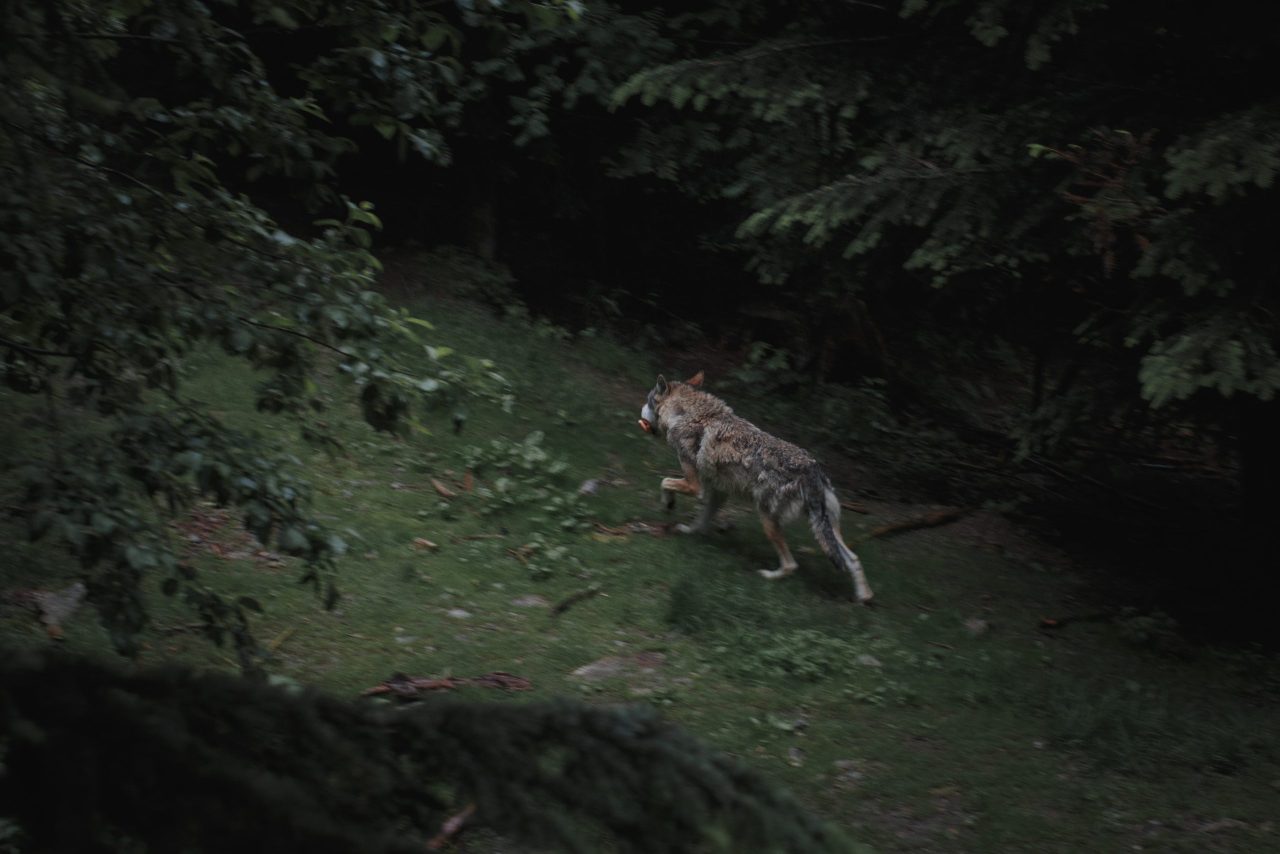The Magnificent Role of Wolves in Forest Regeneration
Wolves, often misunderstood and feared, are actually nature’s architects of the wild. While their reputation as apex predators is well-known, their impact on ecosystems goes beyond regulating prey populations. In this article, we will explore the fascinating relationship between wolves and forest regeneration. By understanding the intricate ways in which these majestic creatures shape and nurture their habitats, we can appreciate their critical role in maintaining biodiversity, restoring ecological balance, and promoting the growth of healthy and vibrant forests.
Wolves are top predators, playing a crucial role in maintaining balanced prey populations. By hunting and culling herbivores such as deer, elk, and moose, wolves prevent overgrazing of vegetation. This regulation of herbivore populations has a cascading effect on forest ecosystems. With fewer herbivores consuming plants, there is a decrease in browse pressure, allowing vegetation to regenerate and thrive. This, in turn, creates favorable conditions for the growth of young trees and promotes forest expansion.
They are efficient scavengers, feeding on carcasses left behind by their kills or those of other predators. This scavenging behavior not only sustains wolf populations but also contributes to nutrient cycling within ecosystems. When wolves consume prey, they disperse carcass remains throughout the landscape. These remains act as nutrient-rich fertilizers, providing vital resources for a diverse array of organisms, including insects, scavengers, and decomposers. The recycling of nutrients through wolf predation and scavenging enhances soil fertility, benefiting plant growth and aiding in forest regeneration.
Wolves’ presence in an ecosystem triggers a phenomenon known as a trophic cascade. As apex predators, their influence reverberates through the food web, shaping the dynamics of the entire ecosystem. When wolves suppress herbivore populations, it allows vegetation to flourish. This, in turn, creates habitat and food sources for smaller mammals, birds, and insects. The increased availability of resources attracts a greater diversity of species, leading to a more resilient and balanced ecosystem. The intricate web of relationships fostered by wolves ultimately contributes to the overall health and biodiversity of forests.
Also Wolves, as wide-ranging animals, play a crucial role in maintaining landscape connectivity. Their movements across vast territories connect different habitats, allowing for gene flow and the exchange of individuals between populations. This connectivity is essential for the dispersal of plant seeds, as wolves unknowingly transport seeds through their fur or digestive systems. The wide-ranging dispersal of seeds enhances genetic diversity, improves species distribution, and facilitates the colonization of new areas by plant communities. In this way, wolves act as vital agents of seed dispersal, contributing to the regeneration and expansion of forested landscapes.
As apex predators, they are not only awe-inspiring creatures but also invaluable contributors to the growth and regeneration of forests. Through predation and prey dynamics, scavenging and nutrient cycling, trophic cascades, and landscape connectivity, wolves shape and maintain healthy ecosystems. Understanding and appreciating the vital role they play in forest regeneration is crucial for conservation efforts. By safeguarding and restoring wolf populations, we can preserve the delicate balance of nature and ensure the long-term sustainability of our forests. The preservation of wolves is not just about protecting a single species; it is about nurturing the intricate web of life that depends on their presence.
